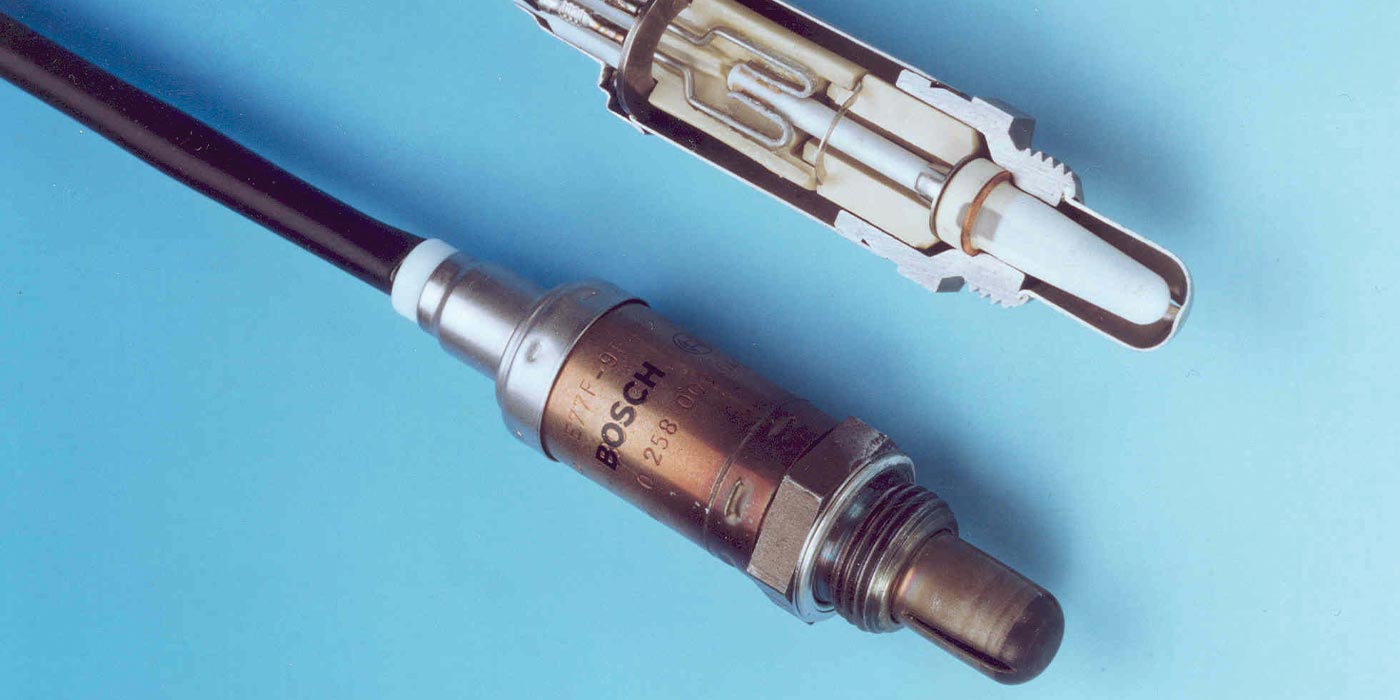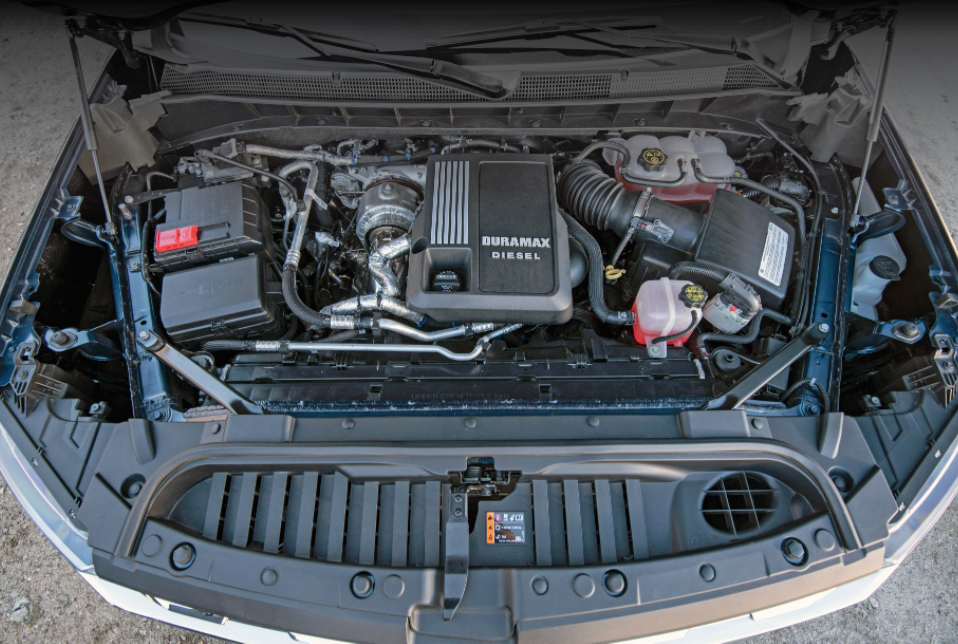In order to provide its customers with the automotive aftermarket industry’s most up-do-date filter catalog listings, Purolator Filters updates its electronic databases every working day. This puts Purolator at the forefront of the automotive filter industry, and provides repair shops, auto parts stores, and DIYers with the very latest in application data, so that no customer misses a sale or purchase due to incomplete listings.
"We have made a special effort to put in place a system that updates our cataloging the instant we know we have a filter for the newest model cars," said Ramon Nuñez, director of filtration for Bosch, joint venture owner of Purolator Filters NA LLC. "We, therefore, are the first with new car coverage, and also assure our customers that our listings for near-new or older cars are the most current in the automotive filter business. Every new application is immediately included in the e-catalog on our website, and is promptly made available to various independent providers of electronic catalogs in order to reach the widest possible audience."
"Our research shows that most other filter suppliers update their catalog listings on a weekly or monthly basis, or at longer intervals. We believe, we owe it to our customers to provide this information instantly, especially in the electronic age where immediacy rules. And our updates also include cross-reference data from OE part numbers to make it as easy as possible for our customers to get the right part as soon as it’s needed," added Nuñez. Application searches can be done via the Application Guide, Filter Finder, or Where It Fits section of Purolator’s website www.purolatorautofilters.net.
"In addition," continued Purolator’s Nuñez, "immediate availability of filters for the latest models reinforces the fact that we have the most comprehensive coverage in the industry for our Purolator Classic oil and air filters as well as our PureONE premium oil and air filters, along with industry-leading coverage for cabin, fuel, transmission and other automotive filters. We constantly hear from our customers that coverage and availability complement quality and value as the leading criteria for the purchase and installation of our filters. And we intend to continue to set the standard for each of these criteria in all aspects of the filter business."
Purolator manufactures and supplies high quality automotive filters to the North American aftermarket. Inventor of the automotive oil filter in 1923, Purolator has, since then, pioneered more than 40 ‘firsts’ in the filtration industry. In fact, the first automotive oil filter was called a ‘Purolator,’ short for ‘pure oil later.’ Currently, the Purolator brand has more than 2,000 part numbers for automotive, light truck and heavy-duty applications.
Now part of the Bosch umbrella of automotive aftermarket products within NAFTA, Purolator’s advanced aftermarket filters include:
• PureONE and Purolator Classic oil filters
• PureONE and Purolator Classic air filters
• BreatheEASY cabin air filters
• The ‘forgotten filters,’ including transmission filters, fuel filters, breathers and PCV valves.
To learn more about Purolator filters and the filtration category, visit www.purolatorautofilters.net.













